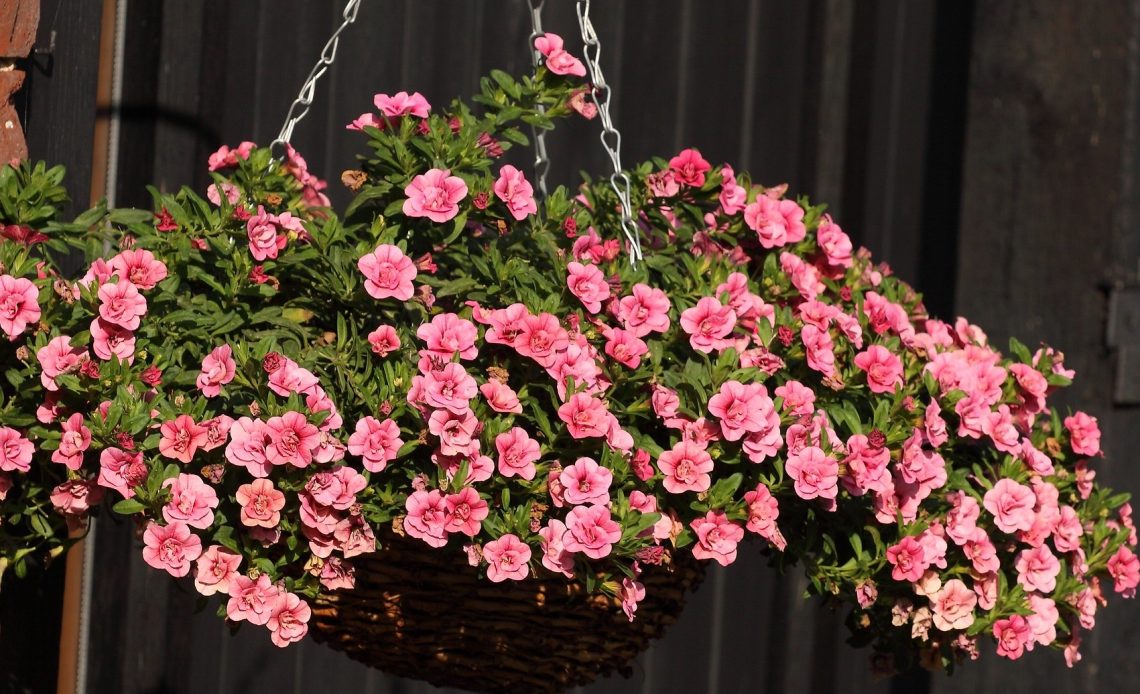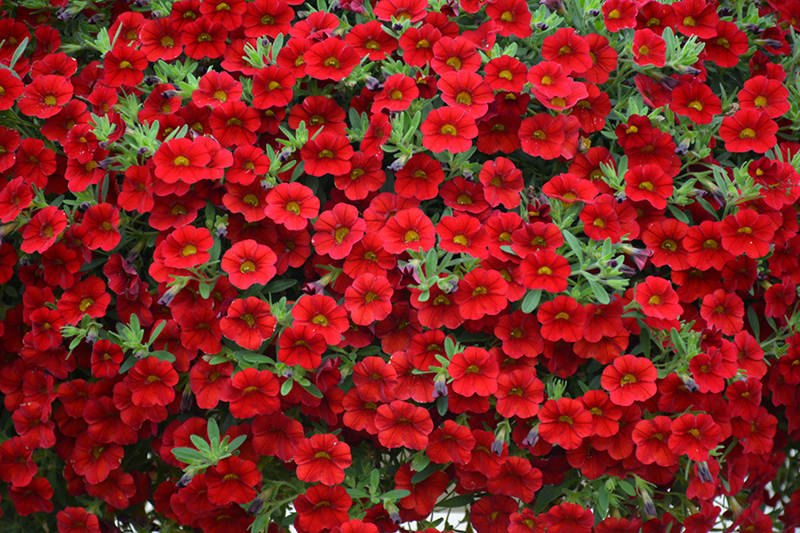

We’re here to help! Wild Yards is a completely free website that is 100% dedicated to helping you create a wildlife-friendly, sustainable yard. Read more
WildYards is reader-supported. When you buy a product through a link on our site, we may earn a comission. Every product is independently selected by our (obsessive) editors and our reviews are unbiased and objective. Read more about our mission or our privacy policy.
A garden full of hummingbirds is like an expanse of flying jewels; with brilliantly-colored feathers and thrumming wings, no one can deny that they are always a joy to see. But what flowers will bring hummingbirds to your garden? For example, do hummingbirds like calibrachoa?
Hummingbirds love calibrachoa, and it is the perfect kind of flower to bring hummingbirds to your garden. These brightly-colored, trumpet-shaped blossoms are just the right sort of flowers to provide food for hummingbirds. They are one of many flowers that hummingbirds love to feed on.
Why does calibrachoa attract hummingbirds?
Hummingbirds can seem very choosy about the flowers they choose to visit, but their needs are pretty simple. They prefer tubular, funnel, or trumpet-shaped flowers that can easily fit their long, curved bills and probing tongues. And because they need to eat enormous amounts of food for their size, they search for flowers that produce large amounts of nectar. They also love bright colors, especially reds, but hummingbirds will explore flowers colored bright pink, orange, yellow, and purple. Hummingbirds also love plants that produce consistently large numbers of flowers, as they need regular, large sources of food.
Given all of this, it’s not hard to see why hummingbirds love calibrachoa, which is also sometimes called “million bells”. This member of the nightshade family is famous for its abundant cascades of blossoms that come in a wide variety of colors, including reds, purples, and oranges. The flowers are trumpet-shaped, similar in shape to the petunia, which makes them just right for hummingbirds to feed on. Calibrachoa also blooms regularly from spring straight through to early autumn. This all makes them an attractive, dependable food source for hummingbirds. The “Neo Firestorm” variety, in particular, is not just a very brilliant shade of red but studies have shown it to be particularly rich in nectar, a great choice if you want to attract hummingbirds.

How can you grow calibrachoa?
Calibrachoa is reportedly very easy to grow. They prefer full sun, with many sources recommending at least six hours of sunlight a day, and are quite tolerant to high temperatures. While they thrive in damp soil they can survive quite dry conditions, but they will do best if their soil is kept at least somewhat moist. Calibrachoa is a hardy plant and is not likely to die if these conditions are not meant, but they may not bloom as prolifically or often.
Calibrachoa should be fertilized twice a month and preferably misted regularly if you live in a dry climate. Make sure to mist them only when they are not in direct sunlight, however, as the blooms are prone to scorching. The flowers are hardy and resistant to most diseases and many pests, making them a tough and hardy addition to your garden. As a bonus, there is no need to deadhead calibrachoa, which is a real plus; they produce so many flowers it would make for an enormous amount of work!
While calibrachoa can be used as ground cover, they generally don’t spread farther than a couple of feet. In addition, if you want your calibrachoa to attract hummingbirds, it would be best to have them a bit elevated. Fortunately, calibrachoa thrives in containers and hanging baskets, producing trailing waves of flowers that are very attractive to hummingbirds and other pollinators. Here are some great ways to make your hanging plants, including calibrachoa, as attractive as possible to hummingbirds.
Calibrachoa also does very well in pots and containers and is one of many potted plants that hummingbirds love to visit.
What other garden flowers do hummingbirds like?
Gladioli enjoy conditions similar to those that calibrachoa prefers, and are much-beloved by hummingbirds. These beautifully colored, sword-shaped plants will make delightful companions to your calibrachoa.
Lavender also loves full sunshine and is very attractive to hummingbirds, but often prefers dryer soil than calibrachoa. However, lavender tends to grow aggressively and may crowd out companion plants, so you might want to plant it in a separate container or bed from your calibrachoa.
Zinnias are another flower that enjoys warm, moist, well-drained soil, and will grow happily alongside calibrachoa. Hummingbirds also love zinnias, and they are easy flowers to grow in your garden.
If you are looking for something a bit larger, crepe myrtles are a bush that hummingbirds enjoy visiting. There are many bushes and shrubs that hummingbirds love, and if you have a larger garden any one of them could be a great choice to add.
Jasmine prefers slightly dryer conditions than calibrachoa but enjoys warm weather and large amounts of sunshine. And hummingbirds love these fragrant, nectar-rich blossoms.
Don’t worry if you live in a very dry climate; many succulents will attract hummingbirds to your garden and they will thrive in even desert conditions.
Don’t assume that every flower will bring hummingbirds running (or flying), however. There are many popular garden flowers that hummingbirds don’t particularly enjoy. For example, did you know that hummingbirds don’t like marigolds much?
Is it worth growing Calibrachoa?
Calibrachoa is a trendy, beautifully colored, vibrant, hardy, and easy to grow plant that produces endless-seeming waves of flowers for months at a time. And, best of all, it will bring hummingbirds flocking to your garden, eager to dip their beaks into their trumpet-shaped blossoms. If you have a few spare hanging baskets or containers looking lonely and empty, and especially if you’re looking to do some hummingbird watching, a calibrachoa might be just the plant you’re looking for.
